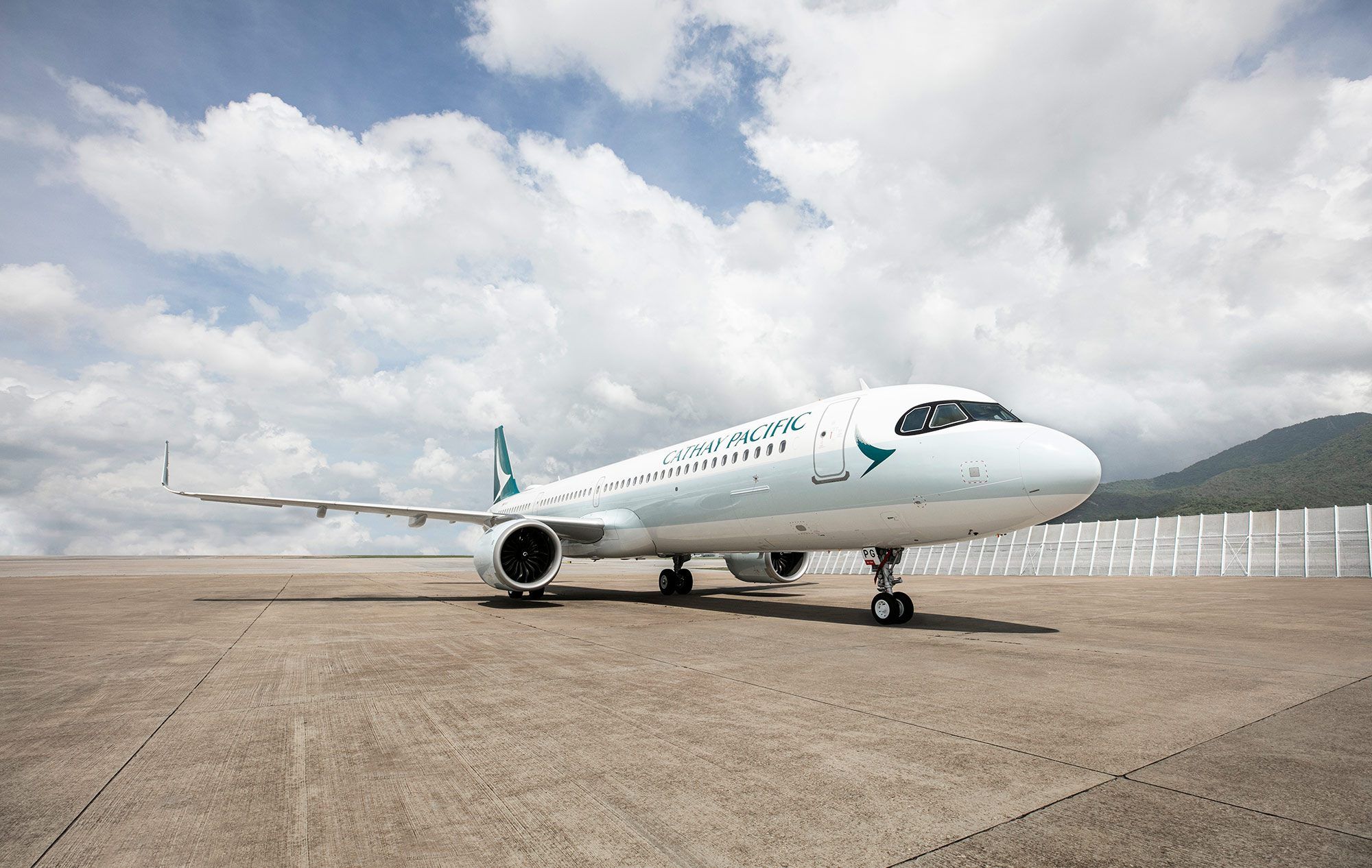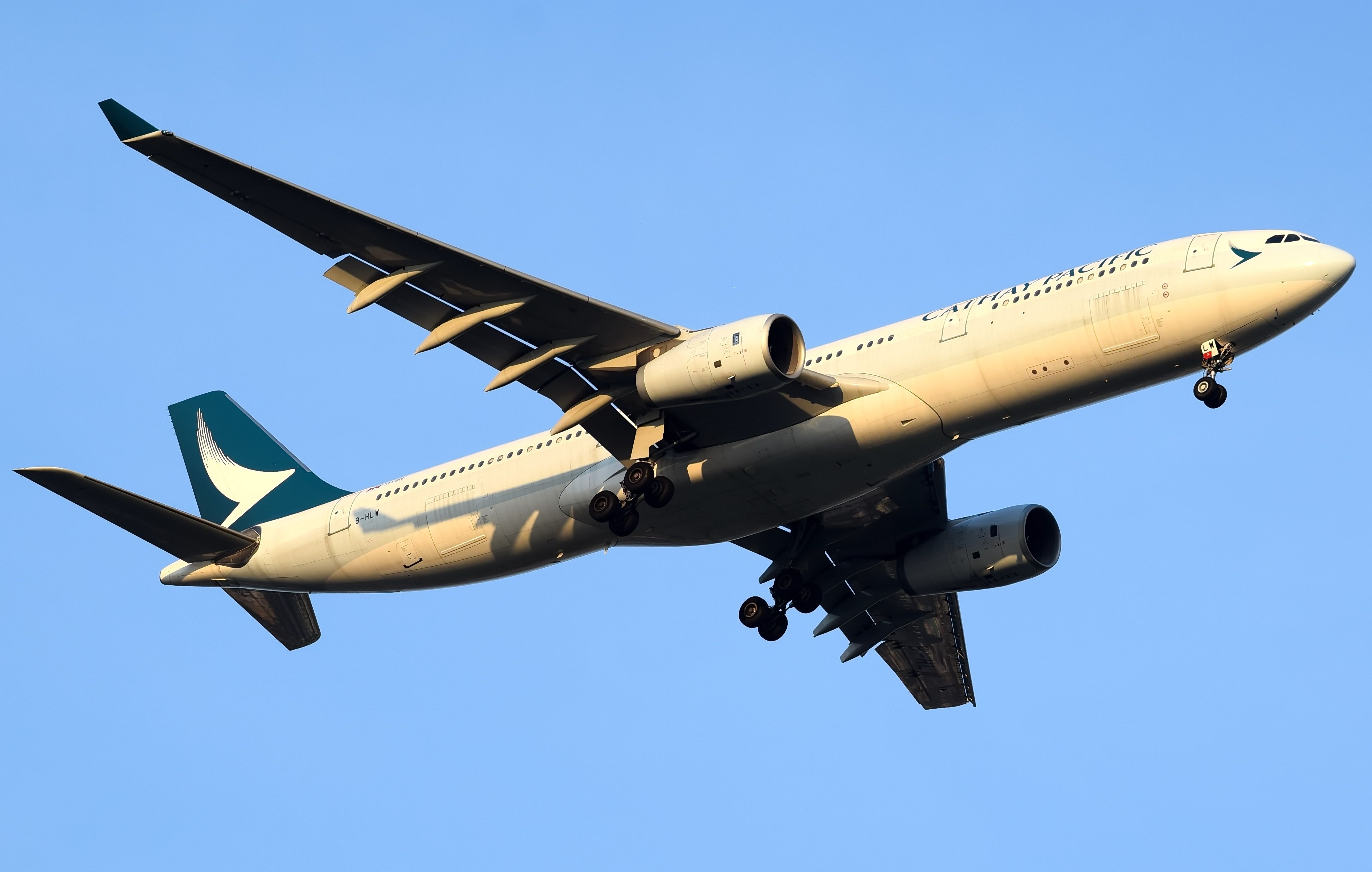When compared to other regions worldwide, the recovery of the aviation industries within the Asia-Pacific was no doubt the slowest due to prolonged travel restrictions. Nearly halfway into this year, it’s safe to assume that most of the major carriers within this region have since recovered well and have ongoing expansion plans.
Cathay Pacific’s post-pandemic troubles
The same could not be said for Hong Kong’s flag carrier, Cathay Pacific, which was probably one of the hardest-hit carriers within Asia-Pacific and globally. During the pandemic, the airline’s regional unit, Cathay Dragon was folded up and integrated, more than 5,200 Hong Kong-based employees were laid off, a few of the airline’s executives resigned, and approximately 70 unused aircraft were parked in Alice Springs.
Even after the world eased around the pandemic and air travel began rebounding in 2021, the oneworld alliance member still suffered several post-pandemic woes. Unlike its global competitors, the airline was still mostly grounded by flight bans and prolonged quarantine requirements. The continued lack of flights saw Cathay reporting growing losses as its competitors narrowed theirs.
Photo: Cathay Pacific
While all these troubles were hitting the flag carrier, its once well-known status as the pride of Hong Kong slowly evaporated to dust as passengers began patronizing other airlines that met their travel needs. And despite having hosted several recruitment drives for new pilots, cabin crew, and ground personnel, Cathay Pacific still struggles to hire enough to compete against other airlines. The airline also had some run-ins with pilot and cabin crew unions over employee pay issues.
But suppose such post-pandemic woes weren’t troubling enough for the still-struggling flag carrier, additional problems continue surfacing. The most recent was when three employees were fired after they were caught allegedly discriminating against a passenger’s way of speaking English. If the people of Hong Kong had any pride left in Cathay Pacific, it is rapidly disintegrating as its reputation struggles.
Cathay Pacific’s attempts to climb back to the top
Prior to the onset of the pandemic, Cathay Pacific operated thousands of flights daily to and from Hong Kong International Airport (HKG), transporting passengers to nearly 120 destinations across 35 countries worldwide. Unfortunately, the airline only operated at about 50% of its pre-pandemic flight capacities in March and aims to reach at least 70% by the end of this year.
Photo: Omid Behzadpour | Shutterstock
But with its ongoing post-pandemic issues and the continued loss of trust from the citizens of Hong Kong, how has Cathay Pacific been trying to re-emerge stronger to compete better with other airlines? For starters, Chief Executive Officer Ronald Lam acknowledges that strengthening its workforce should be the top priority – although this might prove challenging given how the airline cannot offer attractive-enough salaries when it’s not making profits.
So when working with the problem doesn’t seem fruitful, working around the problem would be the next best option. According to Lam, this means rebuilding the airline’s overall employee morale to ensure people want to work with Cathay Pacific and stay with the airline. Lam also has been focusing more on repainting the airline’s reputation, which should be built on ethical morals, culture, and respect.
Photo: Heychli | Shutterstock
Another priority for Lam is to reactivate the dozens of aircraft still parked in long-term storage, and he is confident that all of them should be ferried out by early next year. And to achieve this, the airline head strategizes feeding into the growing demand for flights to China – its biggest market, and slowly resuming and increasing flight frequencies to other international destinations in the US, Europe, Australia, and the rest of Asia.
Bottom line
While it’s undoubted that Cathay Pacific’s numbers continue to lag behind global competitors, the airline’s head is confident that the situation will only improve naturally once pride and trust from the people of Hong Kong are restored – which is why rebuilding the airline’s foundations remains as one of his top agendas. If the rebuild goes well, the flag carrier can re-emerge as the major airline that Hong Kong can be proud of.
Source: The New York Times




-B-KPM.jpg)